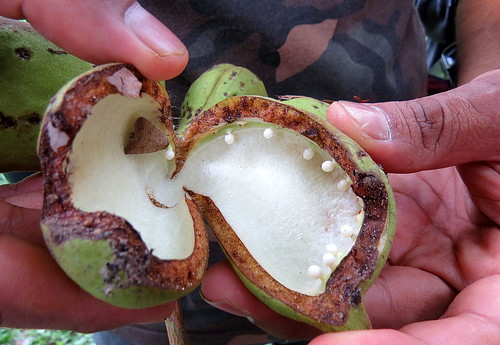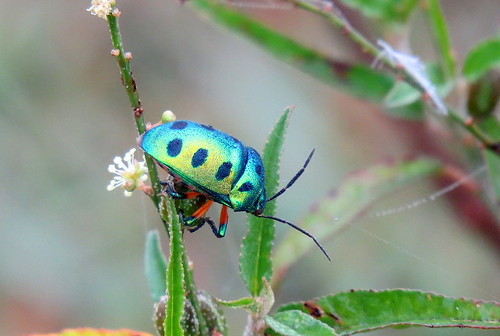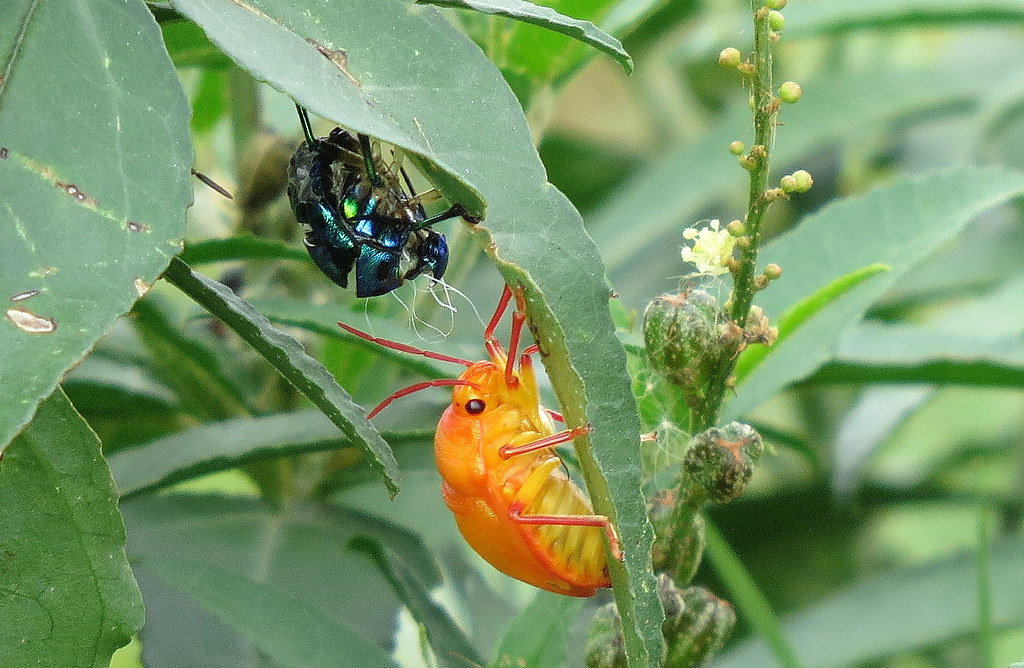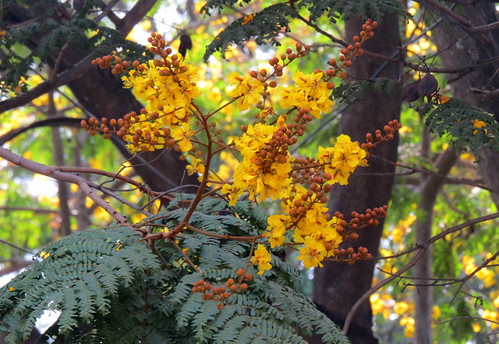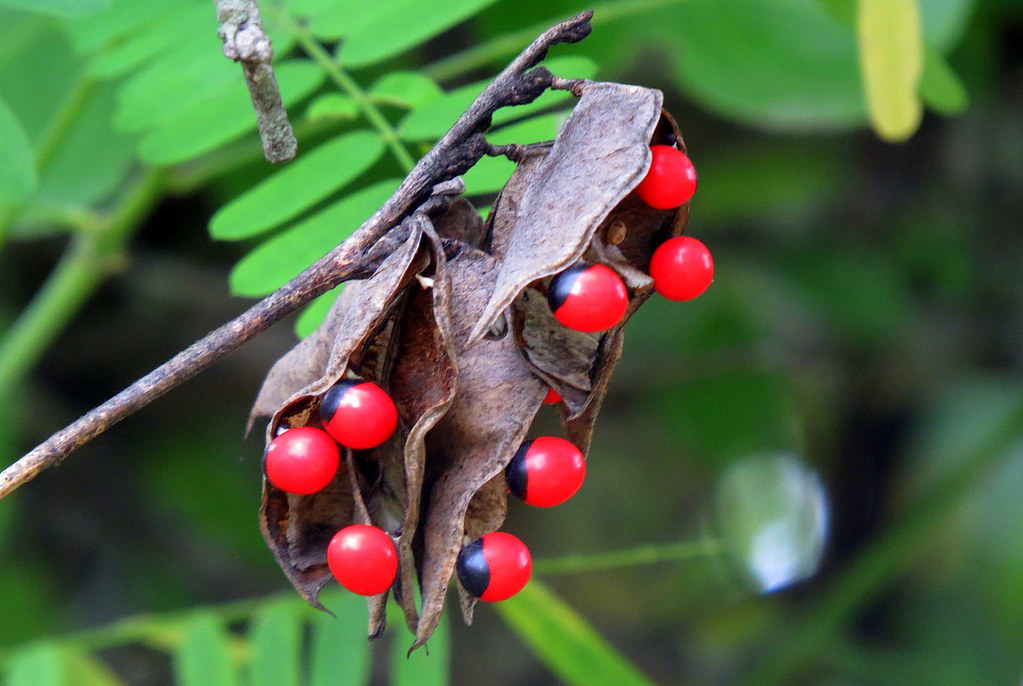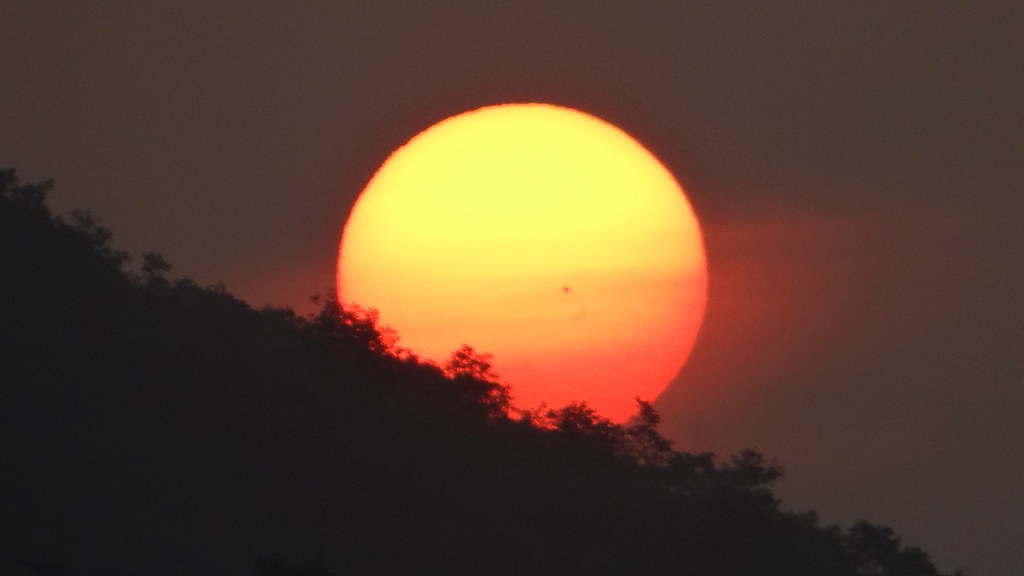I don’t find it necessary to go to jewellery shops, as Nature provides me plenty of jewels! All the photographs below are from local gardens in Bangalore.
Do I want pearls for a necklace? Here are the pearls of the Sterculia foetida, locally called the Jungli Badam.
The monsoon season, or even a dewy morning, provides so many diamonds. Here are hundreds,sprinkled over a spider web:
One of the bugs we see often is, indeed, called the Jewel Bug. It appears in rainbow glory, with a metallic sheen, on top of our most common plants and weeds:
And when the bug decides to moult, it sheds that beautiful outer shell, and emerges, looking bright orange like a coral:
Then there is the gold of the Copper Pod tree, scattered over the footpaths and roads of our city:
Did you say rubies? Of course, of course! These are provided by the Bastard Sandal, a plant that gets its name from the fact that its wood is often used instead of real sandalwood, but it has excellent medicinal properties too:
If I want my rubies with a touch of black, I get the seeds of the Crab’s Eye creeper, locally called Gulaganji:
The Grass Jewel is a butterfly that is well named. It is the smallest butterfly in India, and it’s as exciting to see one as it is to find a jewel!
All of these jewels come to us with the energy produced by that great jewel of fire in the sky….
So, keep an eye out for the many treasures, gems and jewels that we can observe in the natural world, as we walk along!
